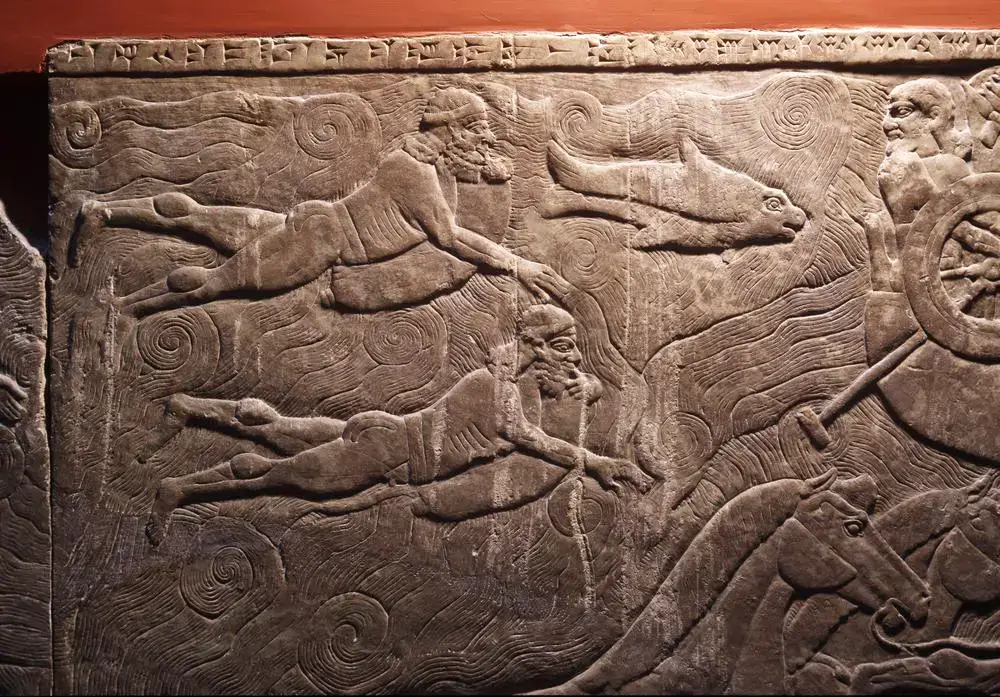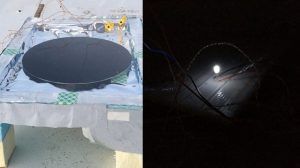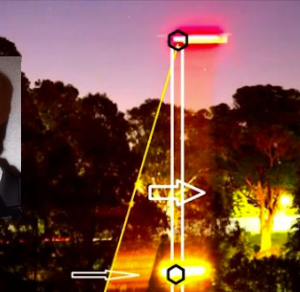Discovery of an Ancient Assyrian Relic Unveils Earliest Known Diver
In an extraordinary find from the ancient world, a wall relief panel from the Assyrian Empire has captured the attention of historians and archaeologists alike, showcasing a pivotal moment in the annals of technology. This artifact, dating back approximately 3,000 years, illustrates a soldier making use of an innovative device for its time—an inflatable bag crafted from goat skin—to undertake what appears to be an underwater expedition. This scene is recognized as the oldest known depiction of a diver, providing unprecedented insight into early human endeavors beneath the water’s surface.
Historical Background of the Assyrian Empire
The ancient Assyrian Empire, emerging in the 25th century BCE and enduring until its downfall in 609 BCE, was a dominant force in the ancient Near East, celebrated for its military innovations, administrative efficiency, and architectural achievements. Its heartland in modern-day northern Iraq served as the nucleus for expansion into a vast territory that spanned parts of today’s Iraq, Syria, Turkey, and Egypt, showcasing the empire’s ambitious conquests. Assyrian rulers, regarded as divine or semi-divine entities, presided over a meticulously organized society with a sophisticated bureaucracy that facilitated the empire’s extensive governance. The Assyrians were pioneers in military strategy and technology, employing advanced siege tactics and making extensive use of iron weapons and chariots, which contributed to their reputation as formidable warriors. In addition to their militaristic legacy, the Assyrians also contributed richly to human culture, leaving behind a treasure trove of art, architecture, and cuneiform texts that continue to offer profound insights into the complexities of ancient Mesopotamian civilization. Among these, a particular wall relief stands out as a unique testament to the Assyrian’s inventive approaches to both warfare and daily routines, including the act of diving.

The Wall Relief’s Significance
Unearthed within the remnants of Assyrian royal residences, this remarkable relief captures the image of a soldier equipped with what is presumed to be a goat skin-made inflatable bag. This visual record suggests a primitive yet efficacious technique for subaqueous exploration, and possibly combat. For those in the field of underwater archaeology and historical studies, the relief is pivotal, pushing back the historical timeline of human aquatic exploration and highlighting the Assyrian capability in harnessing available resources for intricate tasks.
The panel is meticulously preserved and exhibited in a museum, where it stands as a focal point for both academic study and public admiration, serving as a bridge to the technological and artistic endeavors of ancient Assyria.
Technological Implications
The illustration of the goat skin bag not only sheds light on the Assyrians’ grasp of buoyancy principles but also marks a significant precursor to contemporary diving technologies. This rudimentary flotation device exemplifies the early application of understanding air’s lift in water, paving the way for future advancements in underwater exploration tools.
Far more than a mere piece of historical art, the Assyrian wall relief panel is a monument to human creativity and the capacity for innovation. It exemplifies the ancient Assyrians’ forward-thinking utilization of natural laws to enhance their interaction with the environment, showcasing an early instance of humanity’s perpetual quest to conquer the unknown, even beneath the waves. This artifact, while rooted in the distant past, continues to inspire and inform, echoing the enduring human spirit of discovery and adaptation.









